
What Is a Capital Lease in Accounting?
 Leases are common in the world of business. Businesses, especially startups, often prefer to lease assets rather than purchase them. Leasing allows businesses to use assets by renting them for a given period. There are different types of leases, however, one of which is capital. What is a capital lease exactly?
Leases are common in the world of business. Businesses, especially startups, often prefer to lease assets rather than purchase them. Leasing allows businesses to use assets by renting them for a given period. There are different types of leases, however, one of which is capital. What is a capital lease exactly?
The Basics of a Capital Lease
A capital lease is a formal business contract that allows you to lease an asset with ownership rights. You can obtain a capital lease for equipment, vehicles and other assets. With a capital lease, a lender will provide your business with the asset. You’ll have a contractual obligation to make lease payments according to the lender’s terms and conditions. After the lease period has ended — and assuming you’ve paid the capital lease in full — the lender will provide you with ownership of the leased asset.
Benefits of using a capital lease include the following:
- Uses a lease-to-own model in which you own the asset after the end of the lease period
- Allows you to purchase assets without paying for them in full at once
- Ability to record operating expenses associated with assets on your business’s balance sheet
- Ability to record depreciation with assets on your business’s balance sheet
Capital Lease vs Operating Lease
In addition to capital leases, there are operating leases. Both capital leases and operating leases involve renting an asset from a lender known as a lessee. With that said, only capital leases allow you to own assets.
With an operating lease, the lessee will allow you to use the asset. Whether it’s equipment, vehicles or any other asset, you’ll be able to use it for the duration of the operating lease. And during this period, you’ll have to make payments to the lender. Both capital leases and operating leases require payments to the lender. The difference is that capital leases allow you to own assets, whereas operating leases do not.
If you opt for an operating lease, you’ll only be able to use the asset. You’ll technically only rent the asset without ever owning it. For ownership rights, you may want to choose a capital lease, instead. Capital leases come with ownership rights. Ownership rights is the distinguishing factor between capital leases and operating leases.
Have anything else that you’d like to add? Let us know in the comments section below!

How to Stay Logged in to QuickBooks Desktop
 Are you tired of constantly logging in to your QuickBooks Desktop account? Whether you’re a business owner or a professional accountant, you’ll probably spend a lot of time recording and tracking financial data. Normally, QuickBooks Desktop will require you to enter a username and password each time you open it.
Are you tired of constantly logging in to your QuickBooks Desktop account? Whether you’re a business owner or a professional accountant, you’ll probably spend a lot of time recording and tracking financial data. Normally, QuickBooks Desktop will require you to enter a username and password each time you open it.
Maybe you want to add a new bank account, or perhaps you want to run a report. Regardless, you’ll have to log in to your QuickBooks Desktop account by entering your username and password. Fortunately, there’s a way to bypass the login screen. You can configure QuickBooks Desktop so that you stay logged in to your account.
Things to Keep in Mind
There are a few things you should keep in mind when configuring QuickBooks Desktop to stay logged in. First, you’ll only be able to stay logged in for a few days by default. During that short period, you can open QuickBooks Desktop without entering your username and password. After a few days have passed, QuickBooks Desktop will prompt you to enter your username and password, after which you’ll stay logged in for another few days before having to reenter your login credentials.
You’ll need to be logged in as the admin to enable this feature. You can’t configure QuickBooks Desktop to stay logged in as another, lower-level user. This option is only available to admin users.
Something else to keep in mind is that Credit Card Prevention will prevent you from staying logged in. If you have Credit Card Protection enabled for your QuickBooks Desktop account, you’ll have to log in each time you launch the accounting software. There’s no option to stay logged in with Credit Card Protection enabled.
Steps to Configure QuickBooks Desktop to Stay Logged In
To configure QuickBooks Desktop to stay logged in, you’ll need to access the login settings page. There are different versions of QuickBooks Desktop. While they all have a login settings page, they require different steps to access this page.
For QuickBooks Pro and QuickBooks Premier, you can access the login settings page by clicking “Company,” followed by “Set Up Users and Passwords” and then “Manage Login Settings.” For QuickBooks Enterprise, you can access the login settings page by clicking “Company,” followed by “Users” and then “Manage Login Settings.” Once on the login settings page, you can select the option to stay logged in to your QuickBooks Desktop account.
Did this tutorial work for you? Let us know in the comments section below!
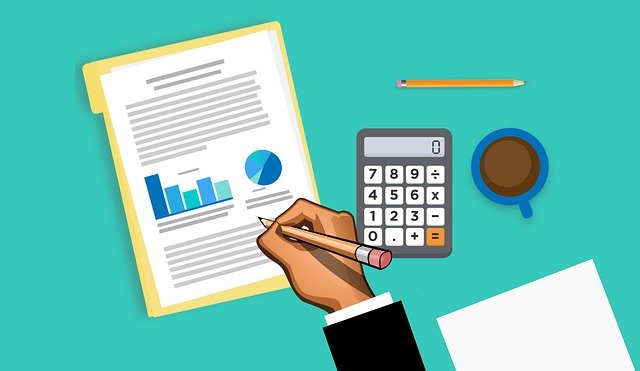
QuickBooks Online: 5 Things to Keep in Mind When Creating Backups
 Do you use QuickBooks Online? As a cloud-based accounting solution, it’s become a popular choice among business owners and professional accountants. You can access QuickBooks Online from any internet-connected computer. There’s even a mobile app for it. When using QuickBooks Online, however, you should create backups. Creating backups will give you peace of mind knowing that you can restore your account in the event of data loss.
Do you use QuickBooks Online? As a cloud-based accounting solution, it’s become a popular choice among business owners and professional accountants. You can access QuickBooks Online from any internet-connected computer. There’s even a mobile app for it. When using QuickBooks Online, however, you should create backups. Creating backups will give you peace of mind knowing that you can restore your account in the event of data loss.
#1) Not All Types of Data Can Be Backed Up
You can’t back up all types of data. QuickBooks Online, for instance, won’t allow you to back up Online Payments data, nor will it allow you to back up bank feeds and included transaction links. The good news is that you can still back up all of your chart of accounts data as well as invoices, estimates, sales, bill payments, refund receipts and more.
#2) Automatic and Manual Backups Available
QuickBooks Online supports both automatic and manual backups. Automatic backups are available by selecting “Settings,” followed by “Back up company.” You can then choose the option to enable automatic backups. Once enabled, QuickBooks Online will automatically back up your data.
#3) Can Save Backups to Google Drive
For automatic backups, you can elect to save them to your Google Drive account. Google Drive, of course, is a cloud-based storage platform offered by Google. You can use it to store, as well as share, files on the cloud. If you use QuickBooks Online, you can link your Google Drive account for backup purposes. Linking your QuickBooks Online account to your Google Drive account is convenient. It will save all of your backups on Google Drive.
#4) Customize Backup Frequency
You can also customize the frequency at which QuickBooks creates automatic backups. Maybe you prefer once-a-month backups, or perhaps you prefer weekly backups. To customize backup frequency, click the “Local Backup” menu and select “New Local Backup Schedule.” You can then specify a date and time for the initial backup as well as frequency for all other backups. QuickBooks will create automatic backups using these settings.
#5) Can Restore Data From a Backup
Of course, you can restore data from a backup. Whether it’s a manual backup or an automatic backup, you may want to restore it. This is done by choosing the “Restore” menu and selecting “New Restore.” You’ll have to upload the backup file when performing this restore process. Once QuickBooks Online is finished restoring the backup, you should see the saved data in your account.
Did this tutorial work for you? Let us know in the comments section below!

Can’t Seem to Use QuickBooks Advanced Reporting? Try These Solutions
 Advanced Reporting allows you to create custom financial reports. It’s a native feature in certain versions of QuickBooks Desktop. With Advanced Reporting, you aren’t limited to creating basic financial reports. Rather, you can create your own custom financial reports. If you’re unable to use Advanced Reporting, though, you may want to consider the following solutions.
Advanced Reporting allows you to create custom financial reports. It’s a native feature in certain versions of QuickBooks Desktop. With Advanced Reporting, you aren’t limited to creating basic financial reports. Rather, you can create your own custom financial reports. If you’re unable to use Advanced Reporting, though, you may want to consider the following solutions.
Check Your QuickBooks Version
Start by checking to see what version of QuickBooks you are currently using. As previously mentioned, Advanced Reporting is only available for certain versions of QuickBooks Desktop. If you use QuickBooks Online — or if you use a non-supported Desktop version — you won’t be able to use it. You’ll need to upgrade to QuickBooks Desktop Enterprise or higher to take advantage of Advanced Reporting.
Contact Your Hosting Provider
For hosted Quickbooks Desktop, you should contact your hosting provider. Advanced Reporting must be enabled. If you use hosted QuickBooks Desktop, though, you may not be able to enable it. Instead, your hosting provider will have to perform this task. You can contact your hosting provider to request Advanced Reporting. Your hosting provider should be able to enable Advanced Reporting with your QuickBooks installation.
Update QuickBooks
Running an outdated version of QuickBooks may prevent you from using Advanced Reporting. If you’re currently using an old or otherwise outdated version of QuickBooks, you should try updating it to the latest version. Something as simple as a software update may fix the problem and, thus, allow you to use Advanced Reporting.
You can update QuickBooks by downloading the latest version here. Just follow the instructions on the download page. It will walk you through the steps of finding and downloading the latest version of QuickBooks. After updating QuickBooks to the latest version, you can try to access Advanced Reporting.
Add an Antivirus Exception for QVConnect32
In some cases, running antivirus software may prevent you from using Advanced Reporting in QuickBooks. Antivirus software is designed to scan files for potential threats. Unfortunately, it may wrongfully target safe and legitimate files as threats. If your antivirus software identifies QVConnect32.exe as a threat, it may prevent you from using Advanced Reporting.
To fix this problem, att an exception for QVConnect32.exe. An exception means that your antivirus software will ignore the file. Rather than blocking QVConnect32.exe, it will allow you to open and use it. As a result, Advanced Reporting should work.
Did this tutorial work for you? Let us know in the comments section below!
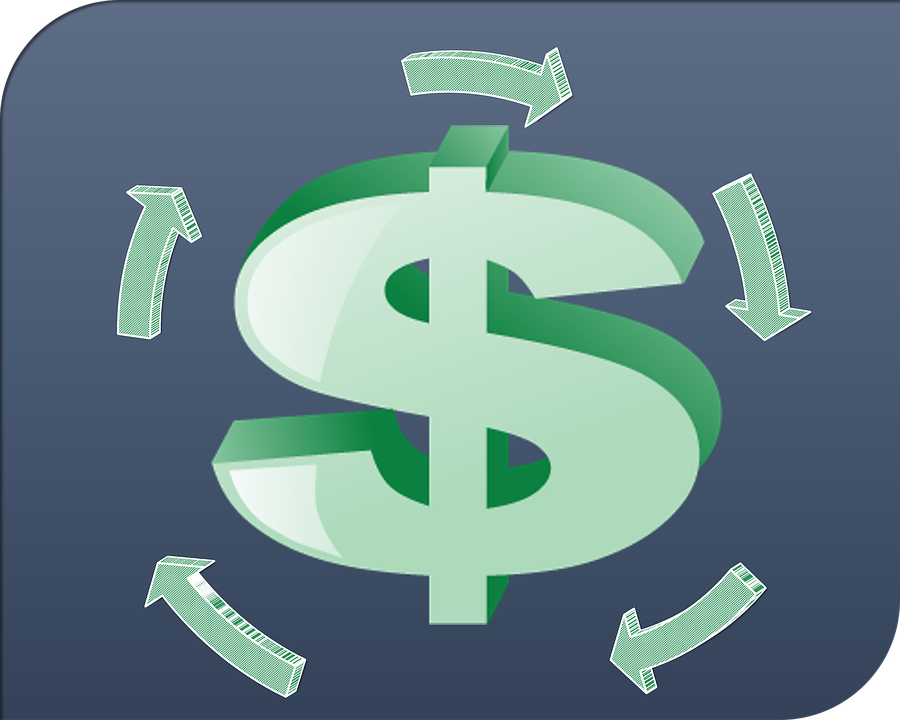
What Is the Zero-Based Budgeting Method?
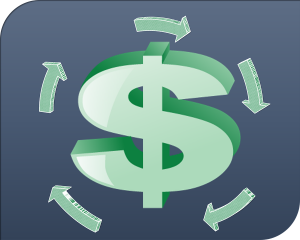 You can’t run a successful business without budgeting. All businesses have expenses. Allowing your business’s expenses to go unchecked will inevitably cut into its profits. If your business’s expenses are greater than its revenue, in fact, you may struggle to make a profit. While there are different budgeting methods available, though, you may want to use the zero-based budgeting method.
You can’t run a successful business without budgeting. All businesses have expenses. Allowing your business’s expenses to go unchecked will inevitably cut into its profits. If your business’s expenses are greater than its revenue, in fact, you may struggle to make a profit. While there are different budgeting methods available, though, you may want to use the zero-based budgeting method.
Overview of the Zero-Based Budgeting Method
The zero-based budgeting method involves the manual approval of all expenses for each accounting period. It was developed in the 1970s by former Texas Instruments accounting manager Peter Pyrhrr. Pyrhrr discovered that by using the zero-based budgeting method, he was able to better allocate funds.
It’s known as the “zero-based budgeting method” because it assumes a zero-dollar budget at the beginning of each accounting period. Each department will then submit a proposal for its expected expenses during that period. Approved expenses are added to the business’s budget. Rejected expenses, on the other hand, are not. The zero-based budgeting method simply assumed a zero-dollar baseline for each accounting period. The business’s budget for a given period is calculated based on expense proposals submitted by various departments.
Advantages of Using the Zero-Based Budgeting Method
When compared to other budgeting methods, the zero-based budgeting method is easier to use. It’s so easy to use, in fact, that many people use the zero-based budgeting method for their personal finances. Whether you want to create a budget for your business or personal finances, you may want to use the zero-based budgeting method. It involves manually identifying and approving each expense for each accounting period.
Your business may save money by using the zero-based budgeting method. Traditional accounting methods typically don’t involve manually approving each expense. As a result, they force businesses to pay for unnecessary expenses. If you use the zero-based budgeting method, however, you’ll have the opportunity to approve each expense for each accounting period. The end result is lower expenses that drive higher profit margins for your business.
You can focus your business’s finances on products and services that drive revenue with the zero-based budgeting method. Not all expenses are equal. Some of them will drive more revenue than others. Using the zero-based budgeting method will allow you to selectively choose which products and services your business will purchase during a given accounting period. The end result is lower expenses and higher revenue.

How to Fix Errors With the QuickBooks Tools Hub
 Have you encountered an error when using QuickBooks? Like all types of software, QuickBooks isn’t immune to errors. Maybe QuickBooks is unable to read your company file, or perhaps it’s randomly crashing. While you can always try to reinstall QuickBooks, another option is to use QuickBooks Tools Hub.
Have you encountered an error when using QuickBooks? Like all types of software, QuickBooks isn’t immune to errors. Maybe QuickBooks is unable to read your company file, or perhaps it’s randomly crashing. While you can always try to reinstall QuickBooks, another option is to use QuickBooks Tools Hub.
QuickBooks Tools Hub is a free troubleshooting tool offered by Intuit. It’s designed for use with QuickBooks Desktop. Assuming you’ve encountered an error with QuickBooks Desktop — not QuickBooks Online — you can use QuickBooks Tools Hub to try and fix it.
Step #1) Download It
You can download QuickBooks Tools Hub by clicking this link. When downloading it, you’ll need to choose a location on your computer’s storage drive to save it. You can simply create a new folder on your desktop for QuickBooks Tools Hub. Alternatively, you can choose an existing folder. Just remember to take note of the location. Otherwise, you may have trouble finding it.
Step #2) Install It
Once you’ve downloaded QuickBooks Tools Hub, you’ll need to install it. Downloading isn’t the same as installing. Downloading will only place the core files on your computer; it won’t actually install the QuickBooks Tools Hub.
To install QuickBooks Tools Hub, open the folder where you saved the core files during the previous download process. You should see a .exe file named “QuickBooksToolsHub.” Right-click this file and select the option to open it. Opening the file will initiate the installation process. QuickBooks Tools Hub will begin to install itself on your computer. You’ll need to agree to the terms and conditions, and within a minute or so, QuickBooks Tools Hub should be finished installing.
Step #3) Launch It
Now it’s time to launch QuickBooks Tools Hub. You should see a new icon for it on your computer’s desktop. Right-clicking and opening this icon will launch QuickBooks Tools Hub.
Keep in mind that QuickBooks Tools Hub isn’t a single tool. Rather, it’s a collection of troubleshooting tools that can help you find and fix errors with QuickBooks Desktop. If you’re experiencing an error with your company file, for instance, you should choose the “Company File Issues” option. If you’re experiencing a network-related error, on the other hand, you should choose “Network Issues.” After selecting the type of error you are experiencing, QuickBooks Tools Hub will help you troubleshoot it.
Did this tutorial work for you? Let us know in the comments section below!
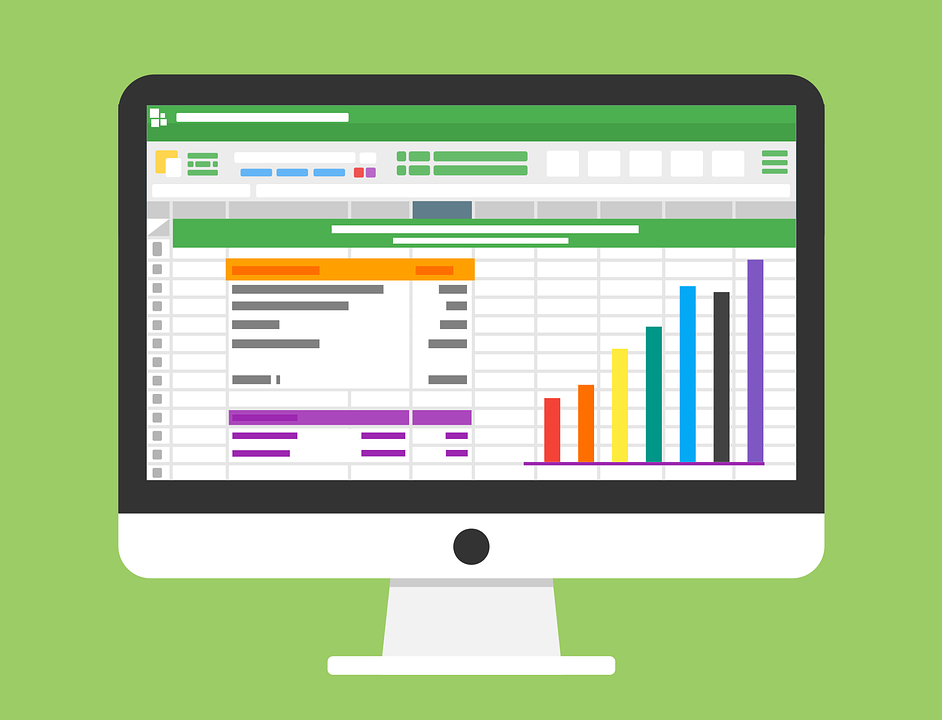
The Beginner’s Guide to Using Lists in QuickBooks
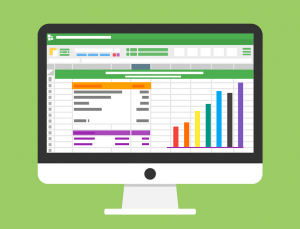 QuickBooks supports the use of lists to track relevant data. Maybe you want to track your business’s customers, or perhaps you want to track your business’s inventory. Regardless, you can use lists to track different types of data. It’s a native feature in all versions of all QuickBooks. To learn more about lists and how to use them, keep reading.
QuickBooks supports the use of lists to track relevant data. Maybe you want to track your business’s customers, or perhaps you want to track your business’s inventory. Regardless, you can use lists to track different types of data. It’s a native feature in all versions of all QuickBooks. To learn more about lists and how to use them, keep reading.
Different Types of Lists
A list is essentially a category. Each list contains a specific type of data. The job types list, for instance, contains data on job types. The vendor types list, on the other hand, contains vendor data. Other common types of lists in QuickBooks include chart of accounts, payroll items, price, classes, shipping methods, customer messages, shop to addresses, memorized reports, sales reps, sales tax codes and more.
Keep in mind that QuickBooks has limits on how many list entries you can create. Limit limits vary depending on the version of QuickBooks as well as the type of list. For QuickBooks Pro and Premier, you can create up to 10,000 entries for the chart of accounts list. If you use QuickBooks Enterprise, on the other hand, you can create up to 100,000 entries for the chart of accounts list.
Child Accounts for Lists
It’s important to note that lists support child accounts. When using a list, you can create child accounts for it. A child account is essentially a lower level. For the shipping methods list, you may want to create a child account for domestic shipping and another child account for international shipping, assuming your business ships its products globally. In QuickBooks, each list can have to four child accounts. Multiple child accounts means the list will have multiple lower levels.
How to Sort a List
As you continue to add entries to a list, it may become difficult to navigate. The more entries you add to a list, the bigger it will become. Fortunately, you can sort the data in a list to navigate it more easily.
To sort a list, pull it up from the “Lists” menu. Select this menu from the QuickBooks home screen and choose the list that you want to sort. After the list has loaded, click the “View” menu and select “Re-sort list,” followed by “OK.” You can then exit out of your company file. When you relaunch your company file, the list should be sorted.
Did this tutorial work for you? Let us know in the comments section below!
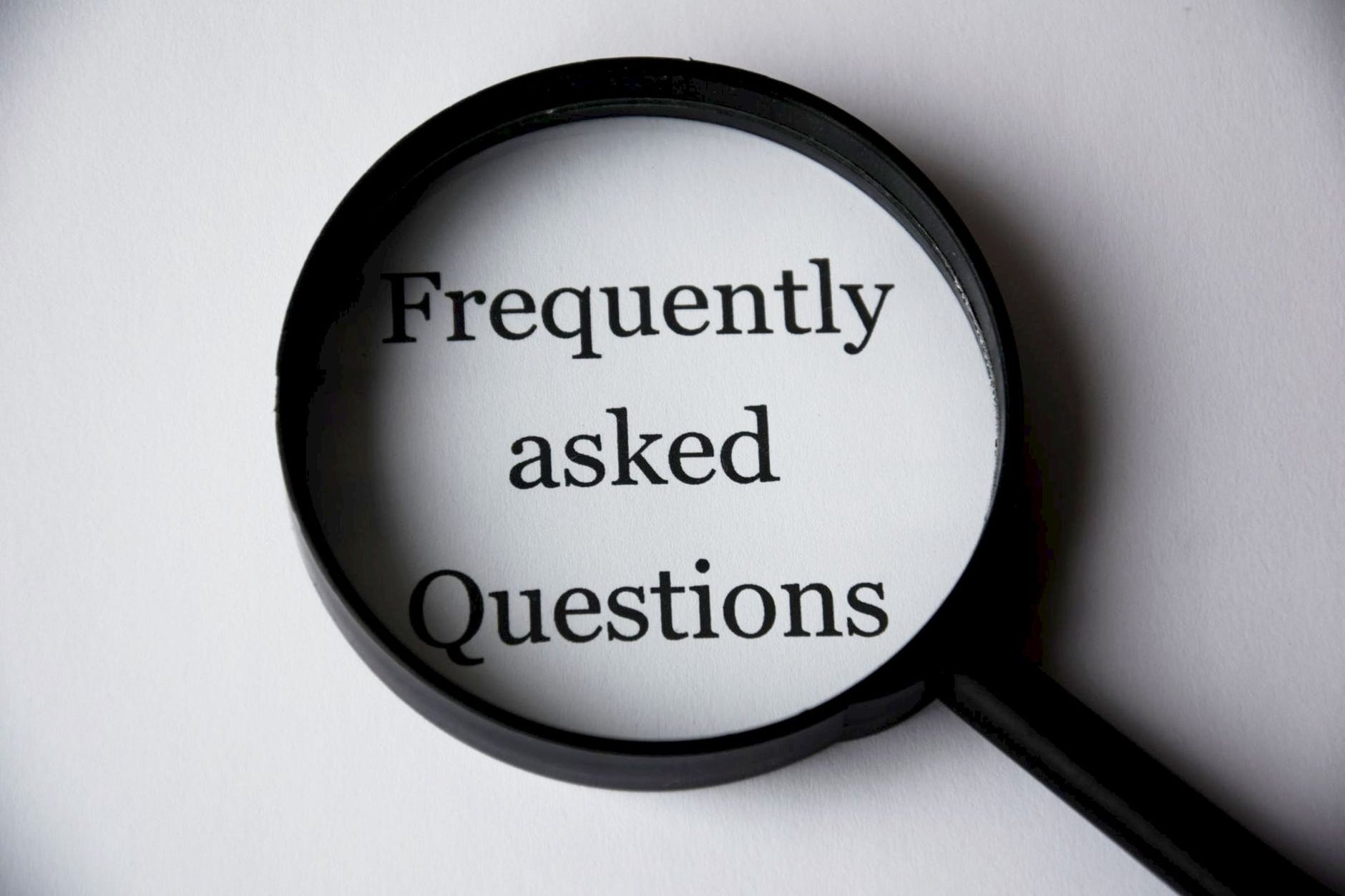
What Are Account Registers in QuickBooks
 Have you come across account registers in QuickBooks? You’ll typically see when viewing your chart of accounts. Registers, in fact, are the foundation on which your chart of accounts is built. By understanding how they work, you’ll be able to navigate and analyze your chart of accounts more effectively.
Have you come across account registers in QuickBooks? You’ll typically see when viewing your chart of accounts. Registers, in fact, are the foundation on which your chart of accounts is built. By understanding how they work, you’ll be able to navigate and analyze your chart of accounts more effectively.
Overview of Account Registers
Account registers are essentially categories for different types of accounts. They are similar to bank registers. Each account register consists of a chart with information about the respective accounts and the associated transactions. Credit card account registers contain credit card accounts, whereas fixed asset account registers contain fixed asset accounts.
With account registers, you can easily view information about your recorded accounts. Pulling up the appropriate register, for instance, will reveal all of the transactions associated with the account. You can also account registers to filter transactions from specific accounts. And you use them to add or delete transactions.
How to Access an Account Register
You can access an account register from your chart of accounts. Select “Chart of Accounts” from the “Accounting” menu and choose the account register that you want to access. After selecting “View register,” QuickBooks will pull up the selected account register.
How to Add Transactions to an Account Register
Account registers contain transactions. In QuickBooks, you can add transactions to an account register in just a few easy steps. Start by clicking the drop-down menu for “Add deposit” or “Add check.” Next, select the transaction that you want to add.
Keep in mind that you can only choose from transactions that have already been recorded. As long as a transaction has been recorded, you should see it under this section. Selecting the transaction will add it to the account register. Just complete the fields with the necessary information, after which you can click “Save” to complete the process. The transaction should now be added to the account register.
In Conclusion
Account registers are designed to categorize accounts so that they are easier to analyze. You can use account registers to view different types of accounts and their respective transactions. And by following the steps listed above, you can add new transactions to one or more account registers. Account registers are a native feature in QuickBooks. If you’re going to use QuickBooks, you can leverage account registers to learn more about your accounts.
Have anything else that you’d like to add? Let us know in the comments section below!
